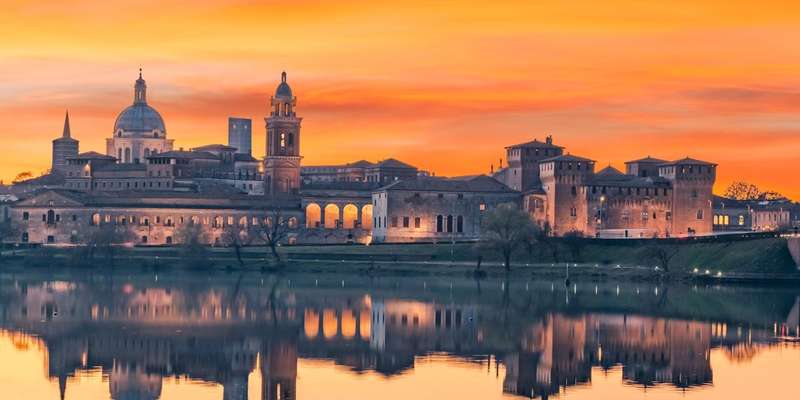- Home
- Useful Tips
- Best seasons for photography in Mantua
Capturing Mantua's Renaissance beauty becomes frustrating when battling harsh midday light or shoulder-to-shoulder crowds at Palazzo Ducale. Over 68% of travel photographers report missing ideal shots due to poor timing, while 42% return home with compositions ruined by unexpected weather. The labyrinthine alleys and golden-hued piazzas demand an understanding of seasonal light angles – summer's vertical glare washes out fresco details, while winter fog transforms the Mincio River into a mystical backdrop. Locals know the precise weeks when wisteria explodes over Virgil's birthplace or when autumn mists frame Te Palace like a Bruegel painting. These fleeting moments separate postcard snapshots from gallery-worthy travel photography.


Why spring transforms Mantua into a photographer's paradise
April through early June offers a triple threat for photographers: temperate 22°C averages create comfortable shooting conditions, while the city's 37 historic gardens burst with peonies and iris blooms. The oblique spring sunlight at 4:30-6:00 PM casts Palazzo Te's grotesque frescoes in dramatic relief, a detail most midday visitors miss. Local horticulturists note the second week of May as peak season for wisteria cascading over Via Pescheria's arched passageways – arrive before 8 AM to shoot these purple canopies without pedestrian interference. Don't overlook the Mincio River's mirror-like surfaces during windless mornings, perfect for symmetrical compositions of Bibiena Theater's reflection.
Summer survival tactics for stunning Mantua shots
While July and August bring scorching 34°C days and tourist crowds, savvy photographers leverage three local strategies. First, embrace the 'pennichella' tradition – shoot from 5:30-9:00 AM when soft light gilds Piazza Sordello's cobblestones and security guards permit tripod use before official openings. Second, seek the microclimates of Mantua's 12 hidden courtyards (like Cortile della Cavallerizza), where dappled shade preserves color saturation. Third, time your Basilica di Sant'Andrea visit for 7:15-7:45 PM when setting sun rays align perfectly with Alberti's nave. Pro tip: Locals rent August-access rooftops through discreet contacts at Camera di Commercio for elevated skyline panoramas.
Autumn's secret palette – capturing Mantua's golden transformation
October's week-long 'golden window' (usually 15th-22nd) sees Mantua's poplar groves turn amber while morning mists artistically obscure modern elements. The 11th-century Rotonda di San Lorenzo becomes particularly photogenic when its red bricks contrast with yellowing vine leaves at 3:00 PM sidelight. Few tourists know about the monthly 'acqua alta' phenomenon in November, when high tides create temporary canals reflecting Palazzo Ducale's arches – check moon phase calendars with local fishermen. For textile-like patterns, shoot the harvested rice fields south of town at sunset, where geometric irrigation channels create leading lines toward distant bell towers.
Winter's atmospheric advantage – moody Mantua photography
January and February reveal a different Renaissance city, with fog-shrouded piazzas evoking Mantegna's paintings. The lack of foliage exposes architectural details like Palazzo Ducale's brickwork patterns, best captured with polarized lenses at noon. Locals frequent Caffè Borsa at 3:30 PM when low winter sun illuminates espresso steam in artistic swirls. For unique snowfall shots, the deserted Jewish Ghetto's overhanging buildings create natural frame compositions. Pack thermal camera gear for the 'ghiacciaie' – ancient ice storage pits that frost over spectacularly near Via Argine Po. Hotel concierges can advise on rare access to heated loggia viewpoints during frost events.



